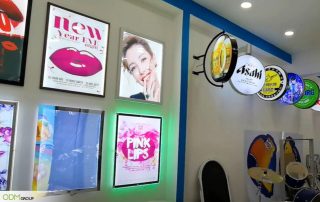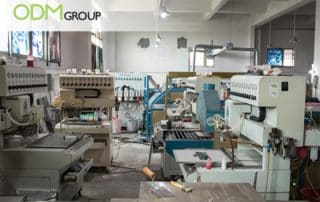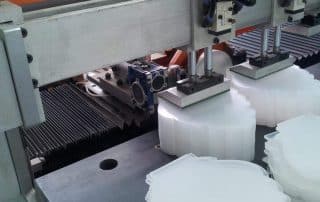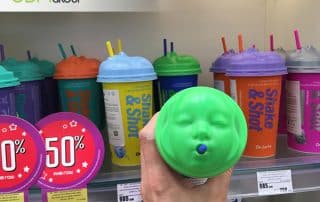Learning about aluminum tubes cosmetics packaging will be today’s agenda! Aluminum tubes are extremely common and one of the most popular packaging alternatives used in cosmetics marketing in the industry. We see them so often that we do not really think about how they are made. Well, this blog will clearly describe to you the whole process from start to finish. Heads up, they start off with just a circular aluminum disc!
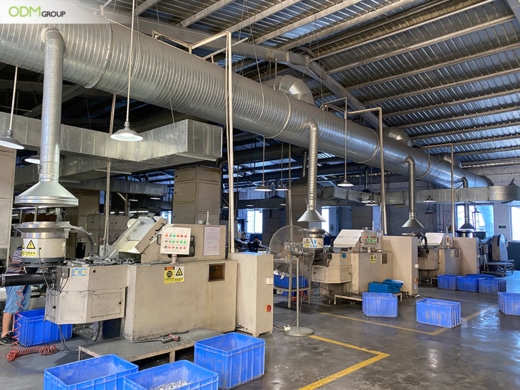
Aluminum Tube Factory
Step 1: Aluminium Impact Extrusion Process
Each tube is made from an aluminum slug about the size of a coin. The metal will spin around in the container which orientates them horizontally so they will fit through a channel below. The channel feeds the slug to a forming press. With a method called impact extrusion, each slug will compress to produce the exterior shape of the tube, including the neck. At the same time, a mantle will form the interior. This process hardens the metal, something they will correct later on while heating it. Tons of pressure will be applied and the tubes can be as narrow as 1cm and as long as 22cm.
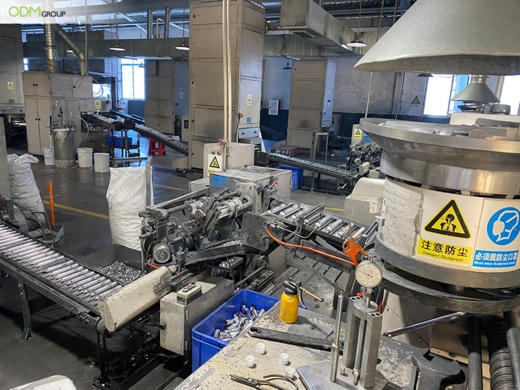
Impact Extrusion + Trimming Process
Step 2: Trimming Process
The aluminum tubes cosmetics packaging process will continue with the trimming machine. It will cut threads into the neck of the tube, passing each one between 2 synchronized rollers. Stationary blades will trim the top of the neck, making the surface smooth and safe to handle.
Step 3: Faulty Pieces Check
Workers will check the initial body of the aluminum tubes to check for defects. Deficient tubes together with excess aluminum parts will be thrown away.
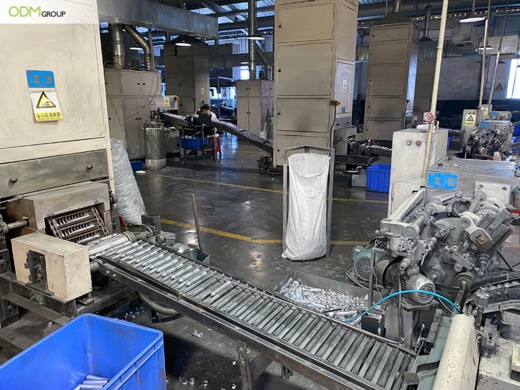
Faulty Pieces Check
Step 4: Heating Process
The made aluminum tube structures will move along the convey belt to the heating machine/oven. The workers will help arrange the tubes in order. Heat is added to the tubes to make them more malleable and flexible for the next step.
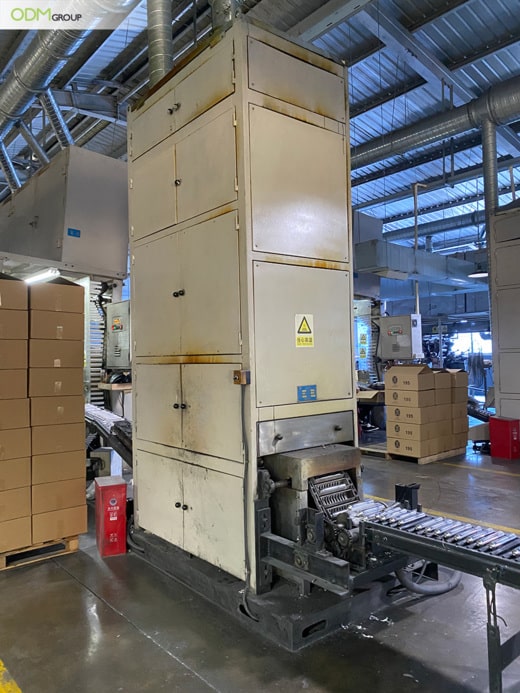
Heating Process
Step 5: Transparent Glue Process
After heating to soften the metal, the tubes move through another machine. The rollers will apply a layer of glue on the body of the aluminum tube. A circular machine with about 10 grips allows each tube to be inserted into the grip and released once the glue is applied. This step is done to allow the convenience and ease of applying the colored print as the next step.
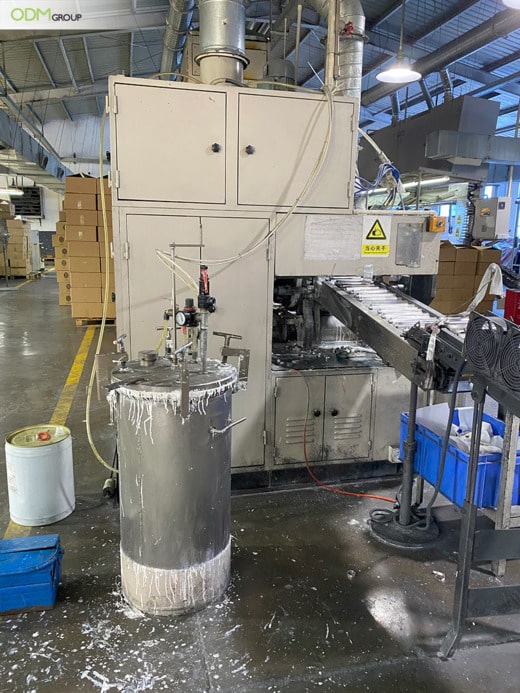
Transparent Glue Process
Step 6: Glue Heating Process
Grippers place the tubes on long pins which move through the oven for around 7 minutes for the glue to dry.
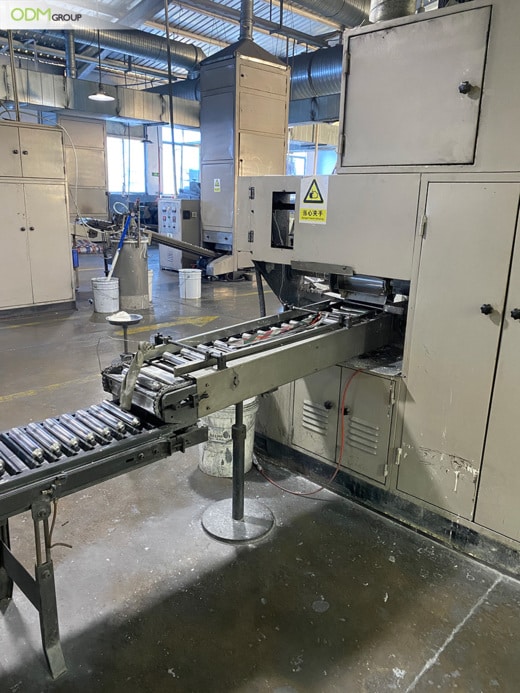
Glue Heating Process
Step 7: Color Print Process
Off to the color print machine, each tube will make one complete rotation against the colored wheel. With pre-adjusted colors added to the machine, the wheel turns continuously to ensure an even coat onto the aluminum tube.
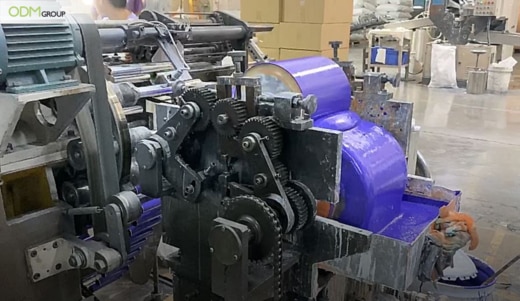
Color Print Machine
Step 8: Cooling Process
The convey belt from the color print machine will bring the colored tubes to the last stage of the packing station. However, they have to undergo a cooling process first. Thus, the distance between the stations is far apart. This is to allow the colored aluminum tubes to dry completely before it reaches the final point.
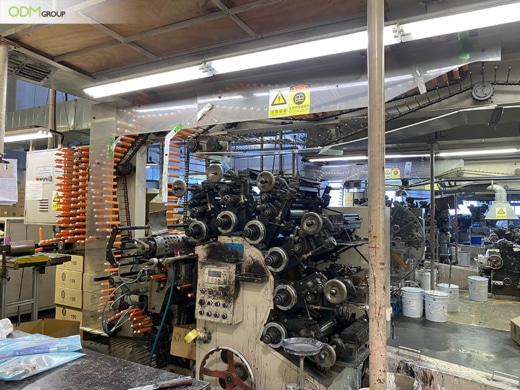
Cooling Process
Step 9: Packing Process
The last and final step of aluminum tubes cosmetics packaging will be packing. Workers will inspect the aluminum tubes and package them accordingly into the carton boxes. Inspections such as chips in paint or material will make the packaging deficient. Hence, taken out of the batch of completed aluminum tubes.
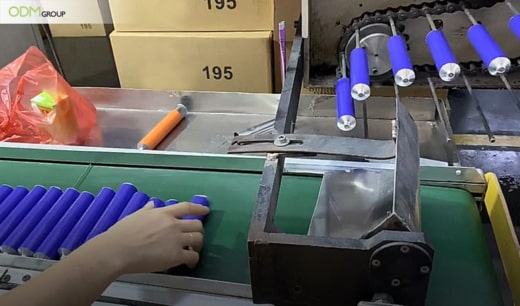
Packing Process
With that, we have completed the factory tour of aluminum tubes cosmetics packaging! It is important not only to build up a rapport with your suppliers but to clear up any misconception before shipping the products out. You can check out the video below for a virtual tour of the processes!
What made this factory tour stand out?
The ODM Group certainly believes in conducting frequent factory tours and visits. They understood the importance of taking good and relevant images and videos. Ultimately, leading to better-written blogs by the bloggers for our readers to understand the process a cut above others.
Here are some tips that aid in greater writing!
- Square or landscape factory images
- Rename the images and videos with the methods/equipment/what does it represent
- Descriptions of the method/processes
- Film close up shots from initial to final stages of production
With these tips, you are most definitely on your way to producing a much detailed and content-heavy blog for readers!
Contact ODM
At ODM, we not only specialize in custom cosmetics promotional gifts and manufacturing of high-quality products, but we also help evaluate factories through factory visits. Check out our sister website MindSparkz to learn more about product design! If you’re looking to market a product or require help in producing high-quality products, be sure to contact ODM for our expertise!
Related Blogs
Check out more information about cosmetic marketing strategies:
Understand the importance of investing in cosmetic packaging:
Read up more on other aluminum-based products promotional ideas:
Real-life case study of using cosmetic promotional gifts:
Analyze this customized cosmetic promotional gift! Might unleash creativity for your own gifts:
Frequently Asked Questions
How many tons of pressure can be exerted with the extrusion machine?
It varies according to the complexity of the machine. It can go up to 3600 tons for large-dimension and complex products.
Can factories advise on the aluminum extrusion alloys?
Yes, factories have a team of experts to guide your preferred choice in terms of aluminum extrusions. Choices of alloys will be dependent on factors such as product function, design, and surface treatments, etc.
What are aluminum tubes used for other than packaging?
Aluminum tubes or tubings are used in aerospace, automobile, and rail transportation manufacturing industries. Moreover, due to it being heat-conductive, they render as a good alternative to heavier metals such as steel.
